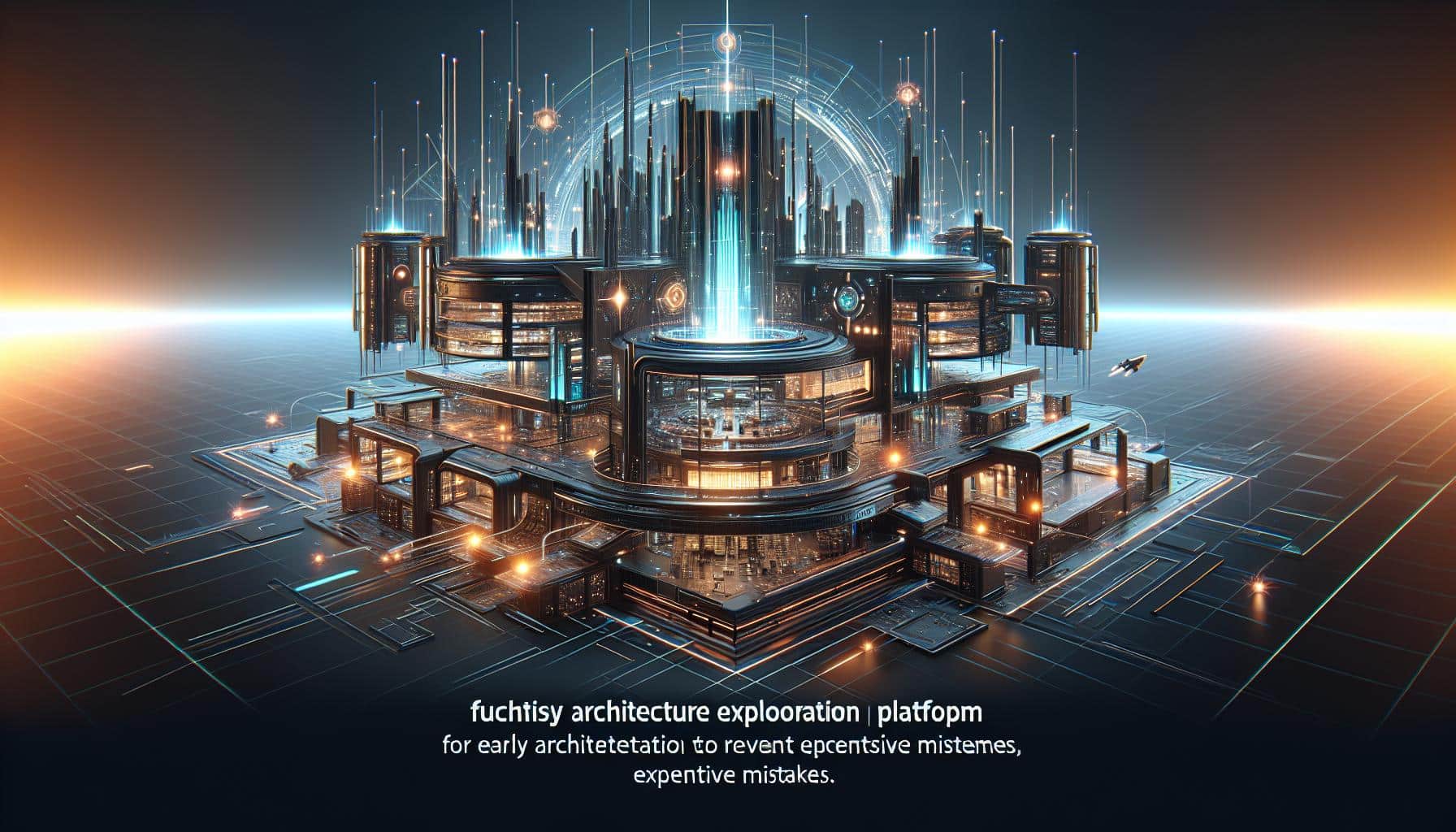Synopsys Platform Architect for Multi-Die Systems: An Innovative Solution for Early Architecture Exploration
Starting architecture exploration of multi-die systems early can lead to considerable benefits, including the elimination of expensive design respins. Historically, the exploration process was primarily manual, with most designers depending on static spreadsheets and ad-hoc in-house tools. As a result, reaching key performance indicators (KPIs) or even maintaining project timelines became a challenge.
Presently, a cutting-edge solution for early system architecture exploration designed to speed up architecture realization for multi-die systems is available: Synopsys Platform Architect for Multi-Die Systems.
Revolutionizing the Architecture Exploration Process
The solution rests on the industry-leading Synopsys Platform Architect™, offering SystemC™ transaction-level modeling-based tools for preliminary analysis and optimization of SoC architectures for performance and power. This innovative tool, endorsed by designers of AI and automotive multi-die systems, considers the complicated interplay of multi-die systems.
Reducing Risks and Improving Turnaround Times
Employing dynamic, model-based performance and power analysis and simulation technology, Synopsys Platform Architect for Multi-Die Systems helps to reduce the risks of system architecture decisions while enhancing turnaround times for multi-die system designs. It gives a detailed view into the architecture’s performance and power characteristics, allowing designers to make mindful decisions early in the process, hence avoiding costly design respins later.
Streamlining the Design Process
The traditional dependence on static spreadsheets and ad-hoc in-house tools often resulted in missed project schedules and KPIs due to its time-consuming nature and susceptibility to errors. Synopsys Platform Architect for Multi-Die Systems simplifies the design process by offering an intuitive interface that empowers designers to efficiently model and analyze multi-die systems. This accelerates the exploration of various architectural options and speeds the optimization process, leading to more effective and affordable designs ultimately.
Industry Approval and Success Stories
Designers of AI and automotive multi-die systems have already verified the effectiveness of Synopsys Platform Architect for Multi-Die Systems. With this advanced tool, designers achieved significant performance improvements and power optimizations, ensuring their designs meet the demanding requirements of today’s intricate multi-die systems.
In conclusion, Synopsys Platform Architect for Multi-Die Systems is transforming the architecture exploration process for multi-die systems. With its sophisticated modeling and analysis features, it assists designers in minimizing risks, improving turnaround times, and simplifying the design process. By adopting this solution, designers can keep pace with their competitors, delivering high-performance, energy-efficient multi-die system designs on time and within budget.
Analyst comment
Positive news: The introduction of Synopsys Platform Architect for Multi-Die Systems is expected to revolutionize the architecture exploration process for multi-die systems. The tool offers advanced modeling and analysis capabilities, helping designers mitigate risks, enhance turnaround times, and simplify the design process. It has already been validated by designers of AI and automotive multi-die systems, who have achieved significant performance improvements and power optimizations. By adopting this solution, designers can expect to deliver high-performance, power-efficient multi-die system designs on time and within budget.













